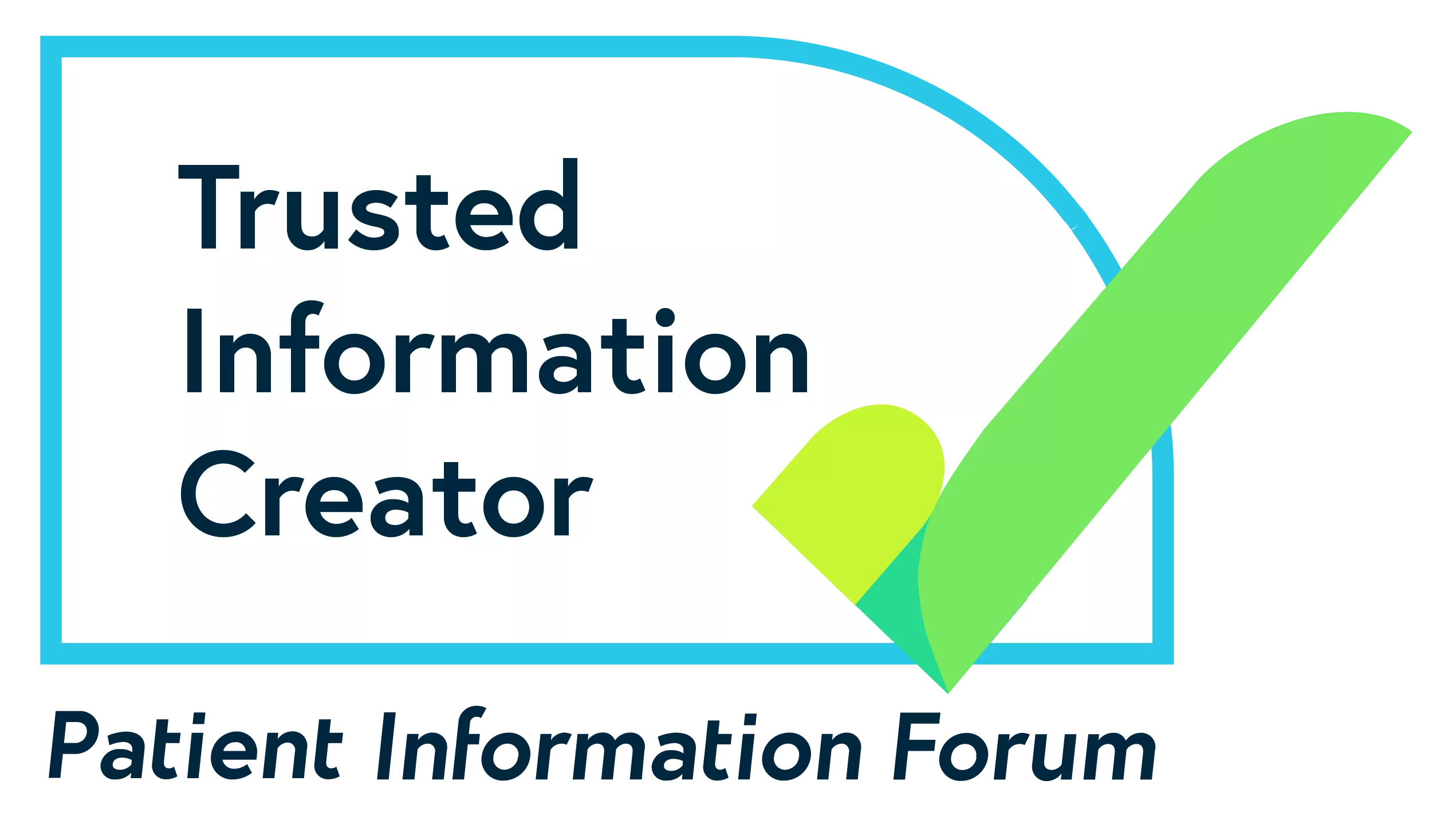Crisis services and planning for a crisis
This guide explains what mental health crisis services are available, how they can help and when to access them. It also explains how you can plan for a crisis. If you're feeling in crisis right now, see our emergency advice.
View this information as a PDF (new window)
What is Accident & Emergency (A&E)?
Accident & Emergency (A&E) departments deal with serious and life-threatening medical emergencies, which includes helping people experiencing a mental health crisis.
This page covers:
When should I go to A&E?
If you feel unable to keep yourself safe and you need immediate help – especially if you think you are at risk of acting on suicidal feelings, or you have seriously harmed yourself and need medical attention.
How could it help me?
Some A&E departments have a liaison psychiatry team (specialist help for mental health) that you can ask to see. If there isn't a liaison psychiatry team, A&E staff might contact other local services such as a crisis team (CRHT) to help assess you.
The liaison psychiatry team or mental health team might:
- make an initial assessment of your mental health needs (sometimes called a psychiatric evaluation)
- help keep you safe for the short-term
- prescribe medication to help you cope with symptoms you may be experiencing right now
- put you in contact with other crisis services, such as your local crisis team (CRHT)
- decide whether you can go home, or if you need to be admitted to hospital.
I did take myself to the crisis team at A&E and got some help, [although I was] left to sit on my own for 2 hours. [After waiting] I was put in touch with the right people – they came to see me while I was there and I had a psych evaluation.
What might happen when I arrive?
This can vary depending on the situation and the hospital you go to, but might include:
- being asked to register – staff might ask for details like your name and address, and the reason why you've come to A&E.
- being assessed (sometimes called triage). A medical professional should talk to you to find out what's happening and how best to help you. It could help if you mention that you're experiencing a mental health crisis and ask to see the liaison psychiatry team.
- having to wait. A&E departments can be very busy and unfortunately you might have to wait for some time even though you need help urgently. It could be helpful to ask someone you trust to wait with you, if this is an option for you.
- being treated, transferred or sent home. You might be given treatment in A&E, transferred to another part of the hospital (such as a mental health ward) or be told you can go home.

How going to A&E helped me
To this day I am so thankful that I was told to go to A&E.
How can I access it?
A&E departments are open 24 hours a day, 365 days a year, and anyone can visit them free of charge.
Not all hospitals have A&E departments – to find one near you, you can:
- search on the NHS website
- contact NHS 111 in England
- contact NHS 111 in Wales - you can select option 2 for urgent mental health support
To get to A&E, you can:
- go directly to A&E – if it's too far to walk you could take public transport, call a taxi or ask someone to give you a lift.
- call 999 and ask for an ambulance.
This information was published in October 2018.
This page is currently under review. All content was accurate when published.
References and bibliography available on request.
If you want to reproduce this content, see our permissions and licensing page.













